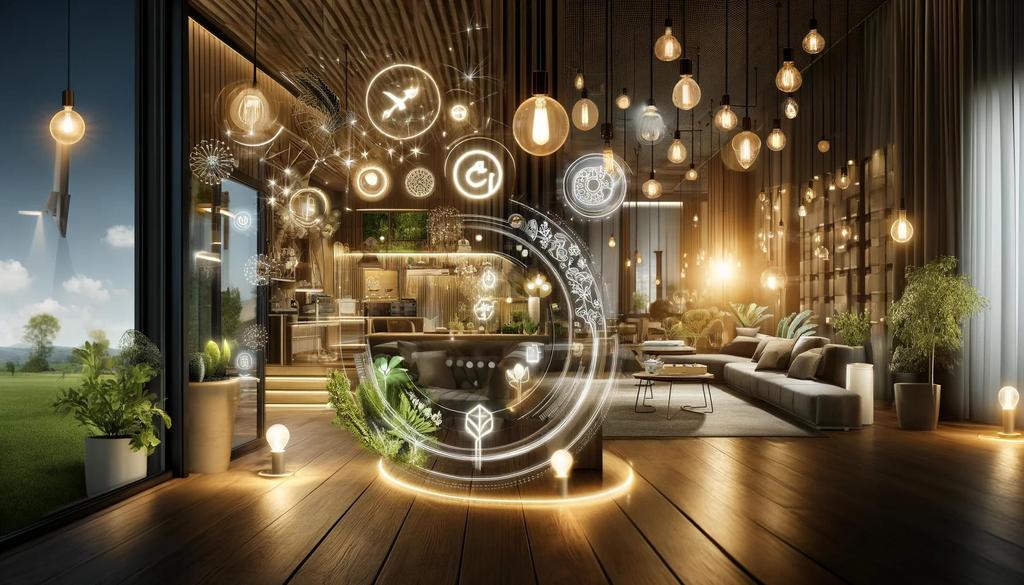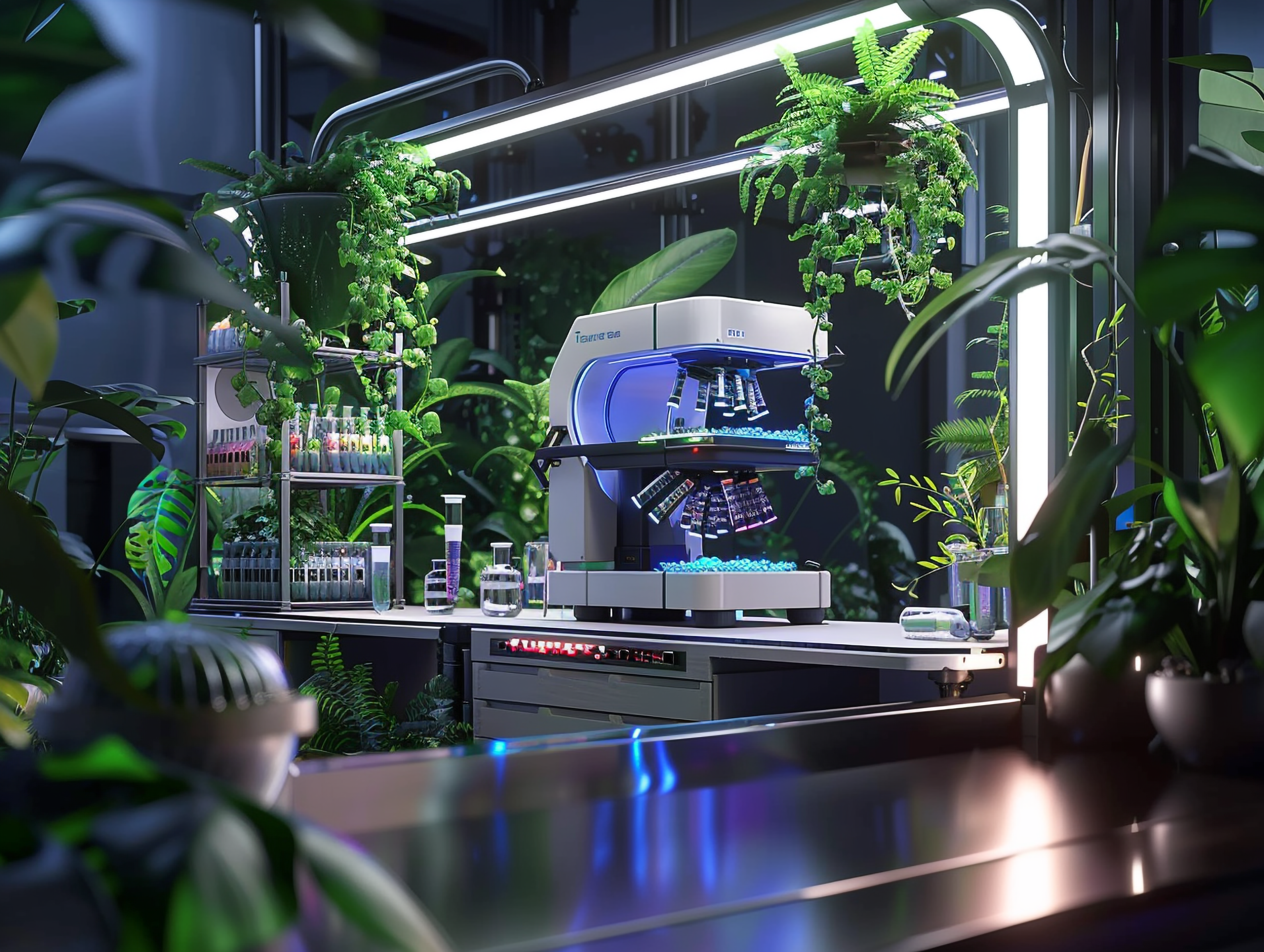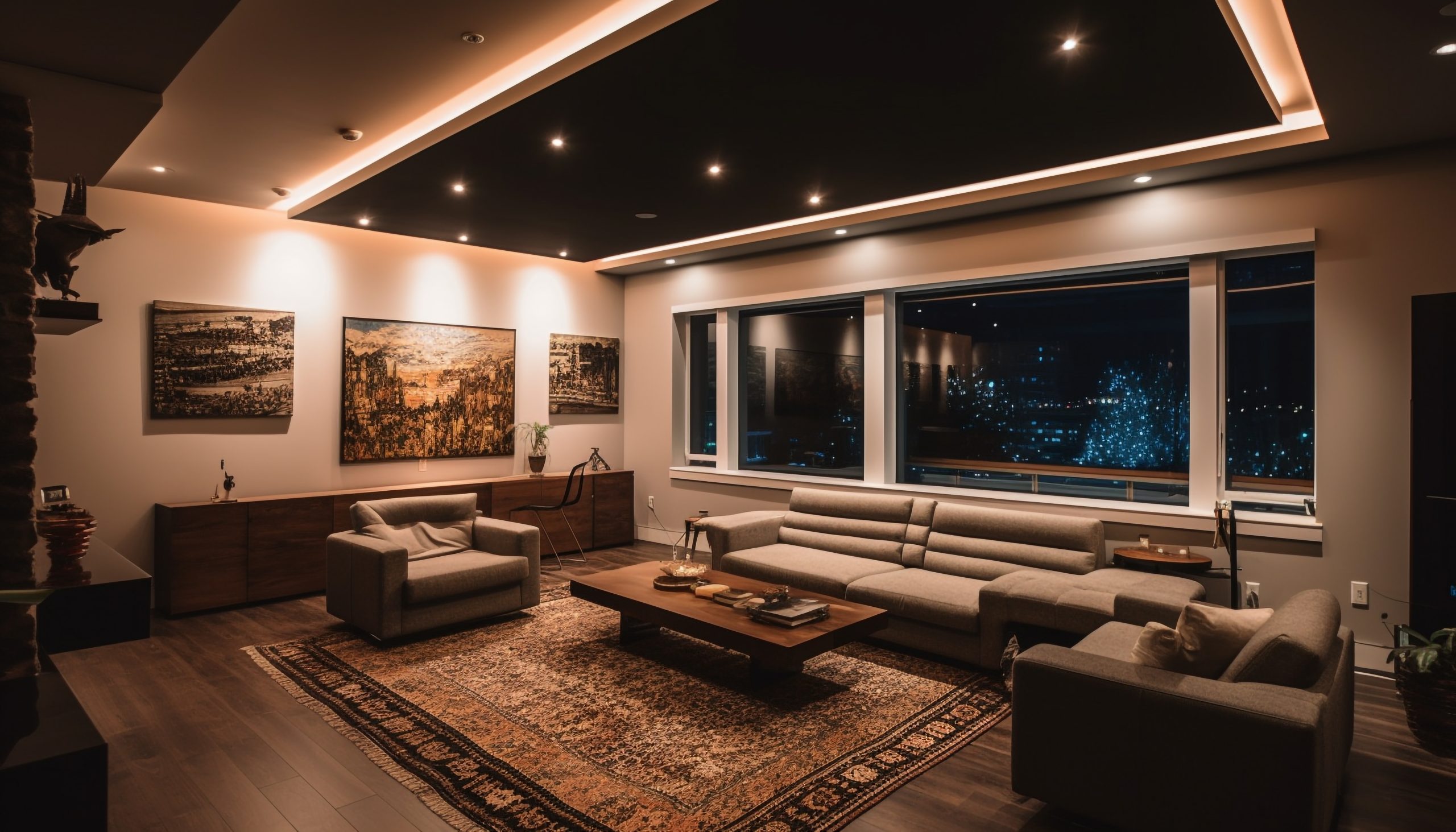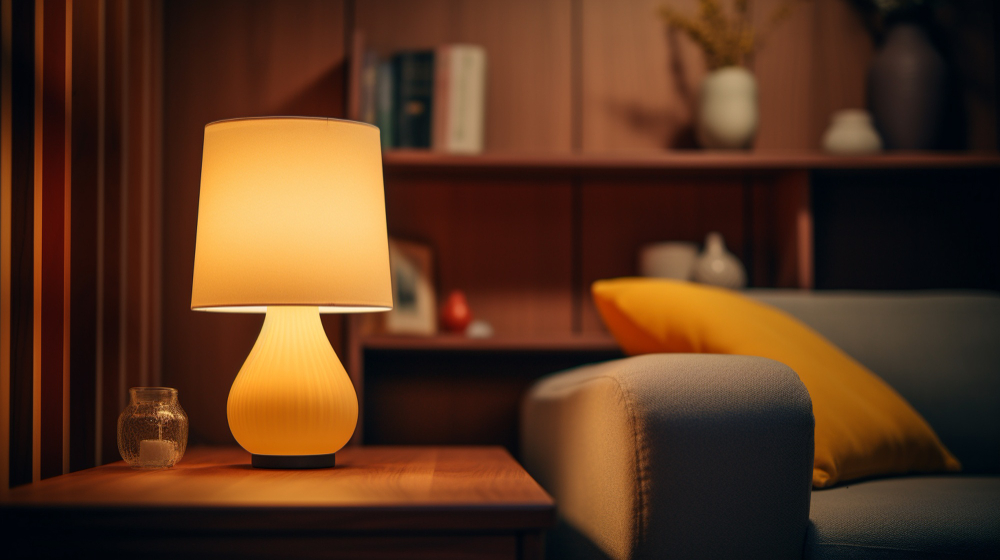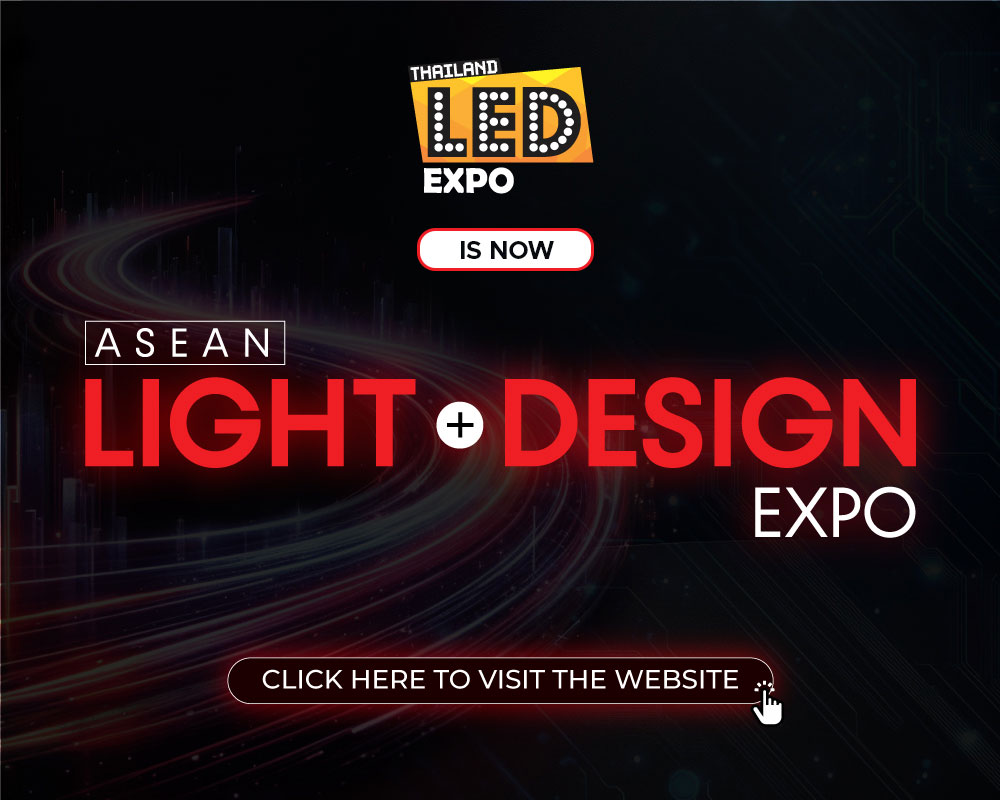Benefits of LED Lighting over Traditional Lighting

Towards a Brighter Future: LED Lighting Vs Traditional Lighting
LED Lighting
Currently, the most energy-efficient and quickly evolving illumination technology is the light-emitting diode (LED). They are small semiconductors that are covered in plastic to block the elements and concentrate the light. An electrical diode is a component or device that conducts electricity through two electrodes (an anode and a cathode), typically in only one way. Visible light is produced when an electrical current flows through a microchip and illuminates the minuscule light sources known as LEDs. The heat that LEDs generate is absorbed into a heat sink to avoid performance issues.
Traditional Lighting
Early in the 19th century, arc lighting—in which an intense glow is emitted by an electric spark between two electrodes—was the only real possibility of lighting by electricity. The carbon-arc electric light was first demonstrated in 1808, but because it was so powerful and bright, it could only be used in big installations like lighthouses, railway stations, and department stores. It was ultimately replaced by the increasingly efficient tungsten-filament incandescent bulb, while the double-coiled filament adopted currently was introduced around 1930. With these advancements, the filament lamp rose to prominence as the primary type of electric light for household use until it started to lose popularity to the fluorescent lamp’s superior standard of efficacy.
How is an incandescent bulb problematic?
Traditional Lighting can be problematic for several reasons. One of the primary issues is energy wastage resulting in higher energy bills and more greenhouse emissions. It can also be problematic in terms of maintenance and disposal, having a short lifespan. Additionally, such bulbs can contain hazardous materials such as mercury which can be harmful to both the user and the environment.
LED vs Traditional Lighting
The choice of lighting technology can have significant implications on the environment, safety, and expenditure. LED lighting has several advantages over fluorescent and conventional lighting.
Energy Efficiency
LEDs can use light and energy more effectively in a variety of applications. Low energy efficiency is the main environmental problem with incandescent lamps. Only 2% to 3% of the electricity used to power the bulb truly produces visible light. The excessive heat generated by conventional bulbs has the potential to start a fire as well as raise the room’s temperature and increase cooling expenses during the summer. Because diode light is much more power-efficient than filament light, LEDs use much less energy than incandescent lights.
Cost Comparison
Initial costs for incandescent lights are very low. Per unit, they are the least expensive lights on the market. An LED lighting initiative usually has higher upfront costs than the majority of the alternatives.
In long-term lightning situations, incandescent lamps may end up costing more because they need to be changed so much more frequently than LED bulbs. Due to inefficient energy conversion rates, businesses incur higher costs and use more energy than necessary.
Lifespan
The lengthy lifespan of LEDs over conventional lighting solutions is unquestionably their greatest benefit.
High-quality LED light has a lifespan of 30 times longer than an incandescent bulb and 3 to 5 times longer than a CFL. This means that even though incandescent bulbs are cheap to purchase, you have to purchase a whole lot of them (50-100) to equal the lifespan of a single LED.
Environmental Impact
LED lighting uses a lot less energy per photon than other types of lighting. Traditional lighting sources like high-pressure sodium and metal halide are up to 80% less efficient than LED lights because they only discharge 5% of their energy as heat and instead convert 95% of it into the light. LEDs use less energy, which reduces the pressure on power plants and lowers greenhouse gas emissions.
Design and proficiency
An increasing number of commercial and residential products, as well as appliances, feature LED lighting. It is possible to create LEDs with lenses that are made to the precise specifications needed for your site. Additionally, occupancy sensors can be used with LEDs, which immediately turn on or off in response to triggers. Since then, their uses have gradually increased to encompass traffic lights, illuminated signs, and more lately, indoor and outdoor lighting.
Improved Safety
One of the main safety concerns with lighting is the risk of fire. While conventional light bulbs like incandescents transform more than 90% of the total energy used for operating them, straight into heat, LEDs offer much less of a risk of overheating workers or igniting flammable materials. LED bulbs are more durable and resistant to breakage than traditional bulbs, which means it is less susceptible to shattering.
Color Range
While incandescent lighting has three main choices for consumers, Soft White (roughly 2700K – 3000K), Cool White (3500K – 4100K), and Daylight, LEDs are typically available in a wide range of color temperatures that range from 2200K–6000K (ranging from “warm” yellow to light or “cool” blue).
Directionality
The need for diffusers and reflectors that can capture light is diminished by the directionality of LED light emission. All incandescent bulbs produce light omnidirectionally. This means that they emit light in all directions, wasting the energy needed to generate the light or requiring reflectors or fixture housings to steer a substantial amount of the rays to the intended target area.
CONCLUSION
In conclusion, LED Lighting has many significant benefits over traditional light technologies. The amount of energy that LEDs and CFL bulbs require to produce a given level of light is what makes them significantly more energy-efficient than incandescent bulbs. When comparing the two, it is clear that LED lighting is a more energy-efficient, cost-effective, and the more sustainable choice. With LED becoming an extremely practical technology, it is quickly rising to the top of the list among lighting professionals, facility operators, and developers of both residential and commercial properties. Whether for homes, businesses or public spaces, LED lighting is the better choice for a brighter and more sustainable future.
More News
Lighting and Design Industry Trends for 2025: What to Expect and How to Stay Ahead
As the lighting and design industry continues to evolve, 2025 promises to bring exciting new trends, technologies, and innovations that will shape…View More
The Green Revolution: The Rise of LED Horticultural Lighting
The agricultural industry is undergoing a significant transformation, driven by the need for sustainable and efficient practices. One of the most promising…View More
Transform Retail Spaces with LED Lighting for a better experience
In today’s competitive retail landscape, the importance of creating an engaging and appealing environment cannot be overstated. The modern consumer seeks not…View More
Govt initiatives & collaborations in LED & smart lighting
In modern urbanisation and environmental consciousness, the evolution towards energy-efficient lighting solutions stands as a beacon of progress. LED (Light Emitting Diode)…View More
Navigating the Diverse Landscape of Lighting Solutions
From residential spaces to commercial establishments, and from healthcare facilities to outdoor landscapes, lighting plays a crucial role in shaping our environments…View More
Download
Recent Posts
Show Countdown
LED Expo Thailand
- days
- Hours
- Minutes
- Seconds
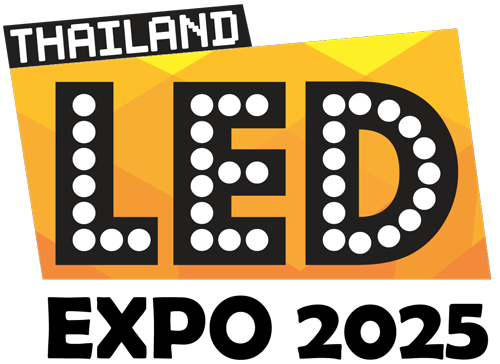
 ไทย
ไทย
 中文
中文

